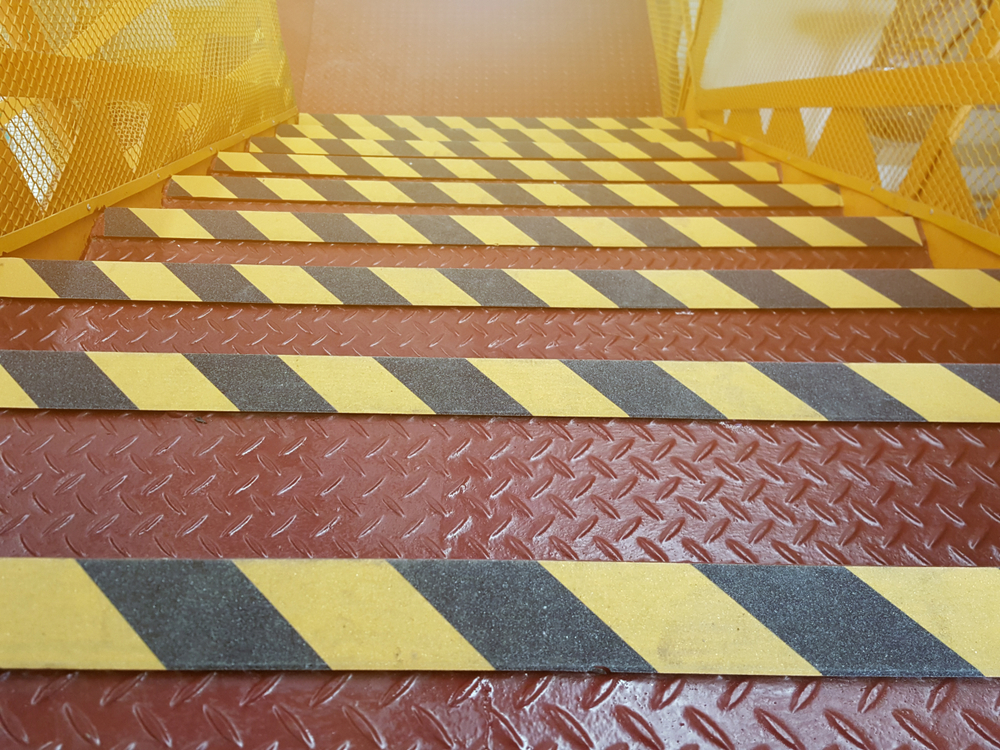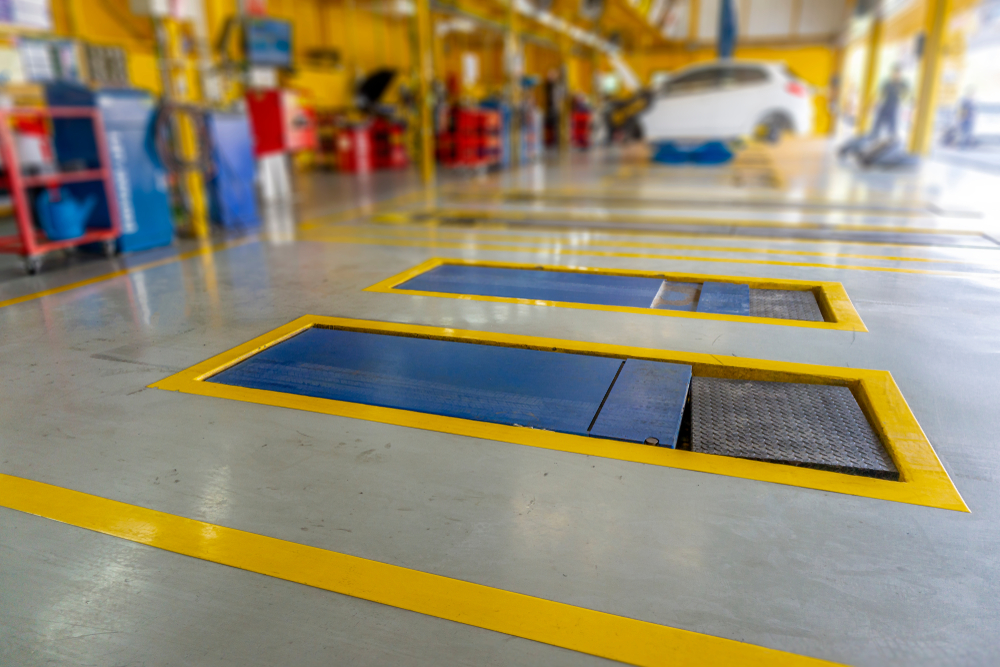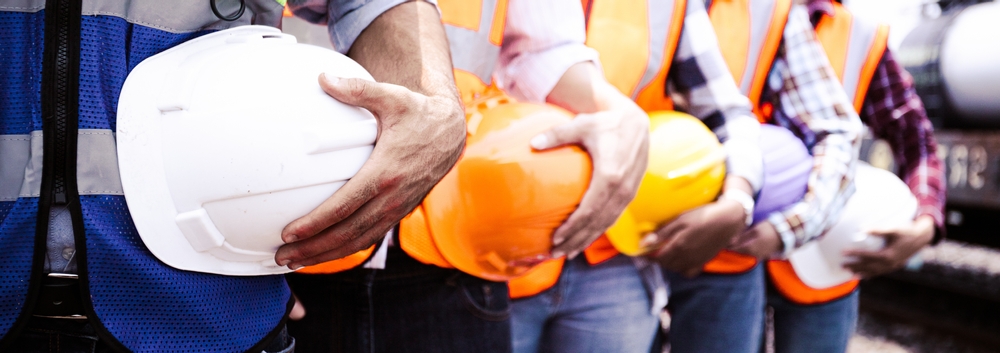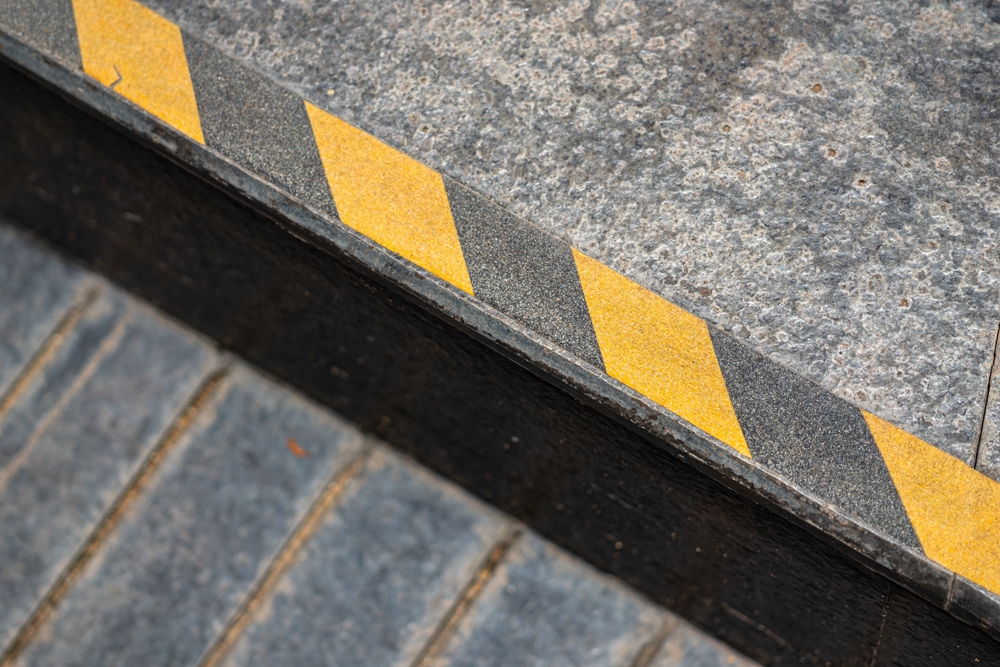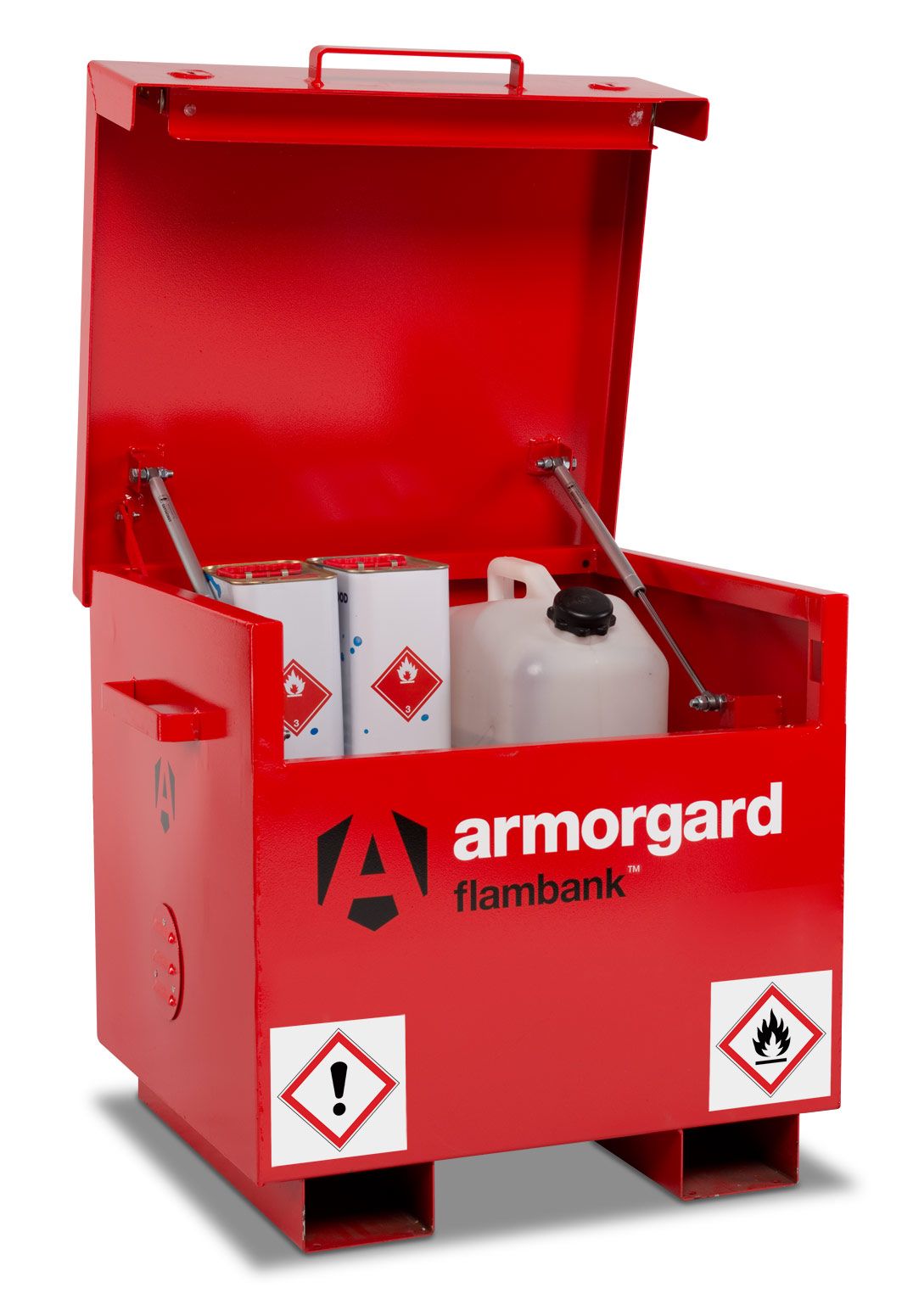The effectiveness of workplace safety signs depends largely on ensuring they are deployed in the right places, and for the right situations.
The specific needs of no two workplaces are exactly alike, meaning there are no hard and fast rules on exactly where to place signs, or how many need to be used. However, there are a few general guidelines that can help your business make the most of your safety signage, and keep your workforce well-informed and alert to potential danger wherever necessary.
What kind of hazards should be highlighted?
It is impossible to quantify all of the situations in which safety signs might be needed; every company operates under different working conditions, and will therefore be subject to different on-site risks. However, many of the most commonly used warning signs focus on a few frequent types of hazard:
- Dangerous machinery or moving vehicles
- Areas with a risk of falling objects
- Uneven or slippery surfaces
- Sources of extreme heat, open flames or flammable material
- Toxic or caustic chemicals
- Electrical hazards
- Potentially dangerous fumes or a lack of breathable air
- Sharp objects
Additionally, every workplace needs a number of safety signs that do not relate to specific hazards, and are instead used to communicate important information about key workplace safety protocols. These include:
- Signs marking fire escape routes, fire exit locations and fire equipment
- Reminders to wear appropriate safety gear
- Location markers for first aid kits and emergency equipment
- Signs highlighting prohibited behaviours, like smoking or unauthorised access
In order to determine what kind of signs your workplace will need, it will be essential to carry out a thorough risk assessment, and to review this process continuously as your working practices evolve.
How should signs be placed?
When putting up safety signs, it’s important to see the process as more than just a bureaucratic requirement; these signs are here to convey practical information, and they therefore need to be placed in a way that’s going to communicate that information most effectively.
Here are eight general rules that should be borne in mind:
- Signs should be placed in a highly visible location, ideally at eye level, and should not be obscured. Keeping safety signage on full display should be a key consideration when placing other objects or equipment in the area.
- Signs should be large, readable, colourful and eye-catching, rather than fading into the background.
- Safety signs should be permanent fixtures, except in situations where the hazard itself is only temporary, such as during a repair job. This means they need to be securely fastened and durable by design.
- Signs should be well-maintained to ensure they remain fit for purpose. If a sign becomes damaged, stained or faded over time, they need to be replaced as a matter of priority.
- Do not place too many safety signs together in close proximity, as this can lessen their visual impact and make it harder to communicate the most relevant information to staff.
- In some situations, illuminated electronic safety signs may be needed to draw extra attention, or to remain visible even in the dark - particularly when it comes to fire exit signs. These require extra maintenance and testing to make sure they still function even during a power failure, either through the use of emergency lighting or glow-in-the-dark materials.
- Signs should include as much information as is needed to help employees make safe decisions while working. If a workplace has employees who speak languages other than English, multilingual signs will be required.
- If working practices change and a former hazard is eliminated, the accompanying safety signs also need to be removed to ensure that workers are not receiving any misleading information.
By following these guidelines and ensuring that all members of your staff have been well-trained on the importance of paying attention to safety notices, your workplace will be able to get maximum value out its safety signs. This will help to reduce the risk of accidents, bolster staff wellbeing and ultimately help your company to operate at maximum efficiency, making this a win-win scenario for employers and employees alike.
If you are a buyer of Spill Containment products take a look at our new sister site SpillBuyer.com for great deals on absorbents.
To find a full range of safety signs suitable for your workplace, look no further than SafetyBuyer. If you’d like to learn more about our products and services, call us on 0800 043 0161, or send us an email at sales@safetybuyer.com.
 Over 12,000
Over 12,000  Simple no quibble
Simple no quibble  Prompt dispatch &
Prompt dispatch &  UK Mainland Delivery
UK Mainland Delivery 
